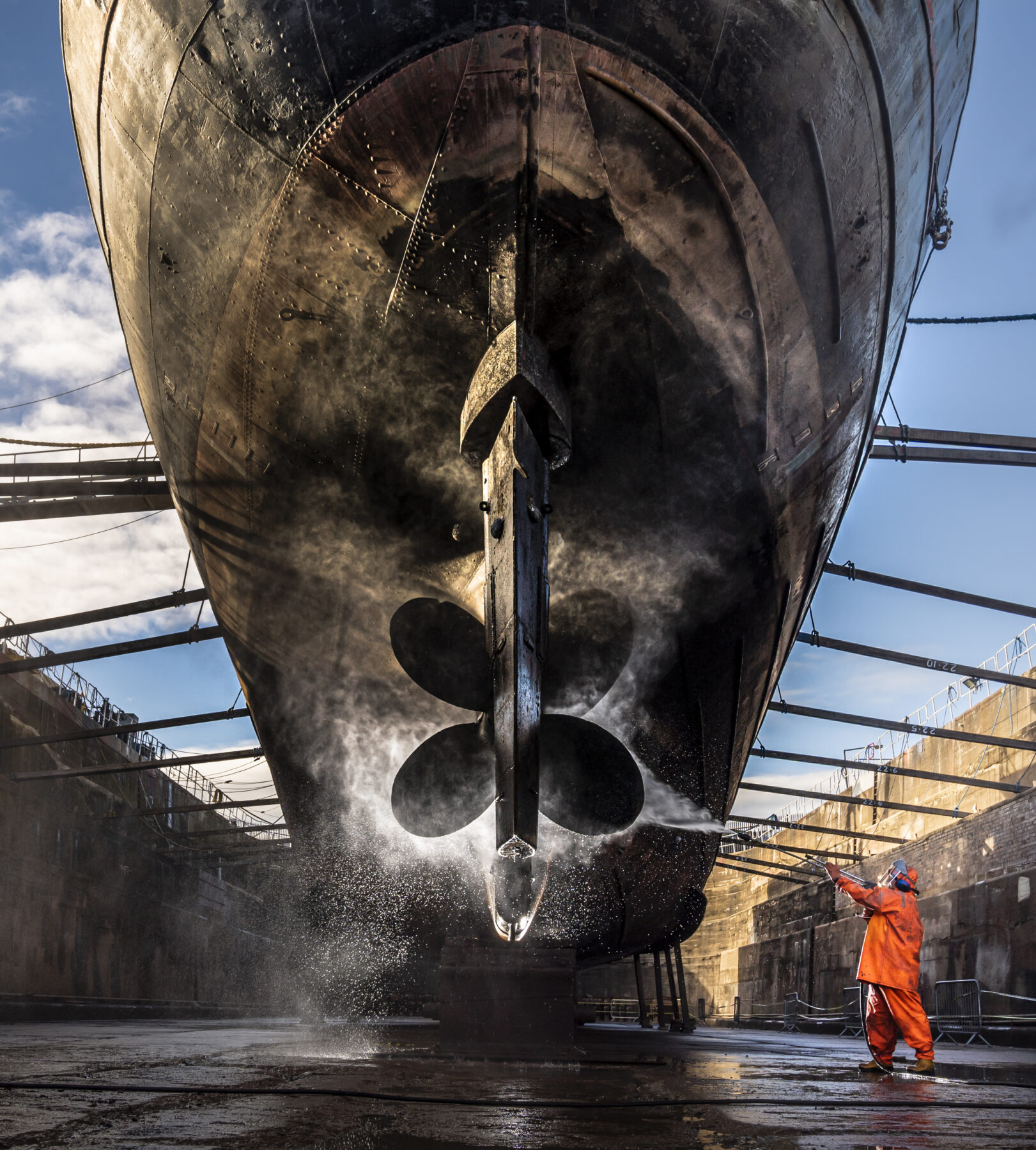Damping the deafening din

The report, which was released on World Ocean Day on 8 June by the body behind a major UN treaty – the Convention on the Conservation of Migratory Species of Wild Animals (CMS) – details the three major ways human-created noise pollution is generated: shipping, primarily from engines and propellers; seismic airgun surveys used by the oil and gas industry to map the sea floor; and piledriving to install foundations for marine infrastructure such as offshore windfarms and oil rigs.
Noise pollution is also generated from dredging, port construction, offshore drilling, fishing and naval exercises. It can significantly impact migratory species such as whales and dolphins protected under the treaty. It’s been documented to affect more than 150 species.
Studies have shown it stresses and confuses some cetacean species that rely on sound to communicate, disorients schools of tuna and reduces the quality and survival of cod larvae. Some research has linked noise pollution to mass whale strandings.
“Marine wildlife – including both migratory species and their prey – rely on sound for vital life functions, including communication, prey and predator detection, and orientation,” CMS executive secretary Amy Fraenkel told reporters. “But our oceans have become increasingly noisy, resulting in significant harm to marine species. This new report provides essential guidance on how to reduce noise to safeguard our marine species.”
A 2021 study from Western Australia’s Curtin University found problematic noise pollution in Australian waters is mostly confined to areas around major shipping routes and other localised spots. It also found action was needed to ensure human-produced underwater noise doesn’t rise to levels that damages species in our relatively pristine waters. Previous studies have shown noise pollution to be far more widespread in the Northern Hemisphere’s heavily shipped waters.

However, the lead author of the UN report, Dr Lindy Weilgart, a noise-pollution researcher at Canada’s Dalhousie University, says that although research has highlighted major problems, it’s also suggested some potentially simple fixes to significantly mitigate the scale of the problem. She told journalists that the report’s purpose was to focus not just on documenting the problems, but also to highlight solutions.
“There are sometimes not-very-difficult fixes just to make the sound quieter,” she explained to environmental news outlet Mongabay. “Slowing ships down can achieve so many wins all at once… Just a modest 10 per cent reduction in speed can decrease the noise footprint by 40 per cent, and also reduce the fatal collisions between whales and ships.”
Noise pollution is often exacerbated by damaged and unclean propellers or poorly thought-out hull or propeller design. Better legislation around ship design and speed would help some of these issues, but might be hard to implement internationally. The report notes that so-called marine vibrator systems can be used to survey ocean floors but also create less damaging noise, and are as effective as seismic airguns. Lindy says these are not yet widely available, but hopefully in the future they could provide an easy fix to reducing some of this problem from oil and gas prospecting.
Another way to reduce the impacts of airguns is to restrict this kind of surveying around sensitive marine habitats and only do it outside of important spawning, foraging and mating seasons. Piledriving noise might be limited by legislation, and by methods that use masses of water to create holes for piles (deep foundations to support structures) rather than steel piledrivers hammering into the ocean floor.
International legislation around noise pollution and maximum allowable noise levels from these activities might be the best way to make fast gains in reducing this environmental problem, but such international rules may be very hard to implement. The broad international agreement to hit the 30×30 target to protect Earth’s land and oceans by 2030 and the recent High Seas Treaty are likely to mean marine protected areas will now proliferate rapidly, and problems such as noise pollution will be easier to control.







